









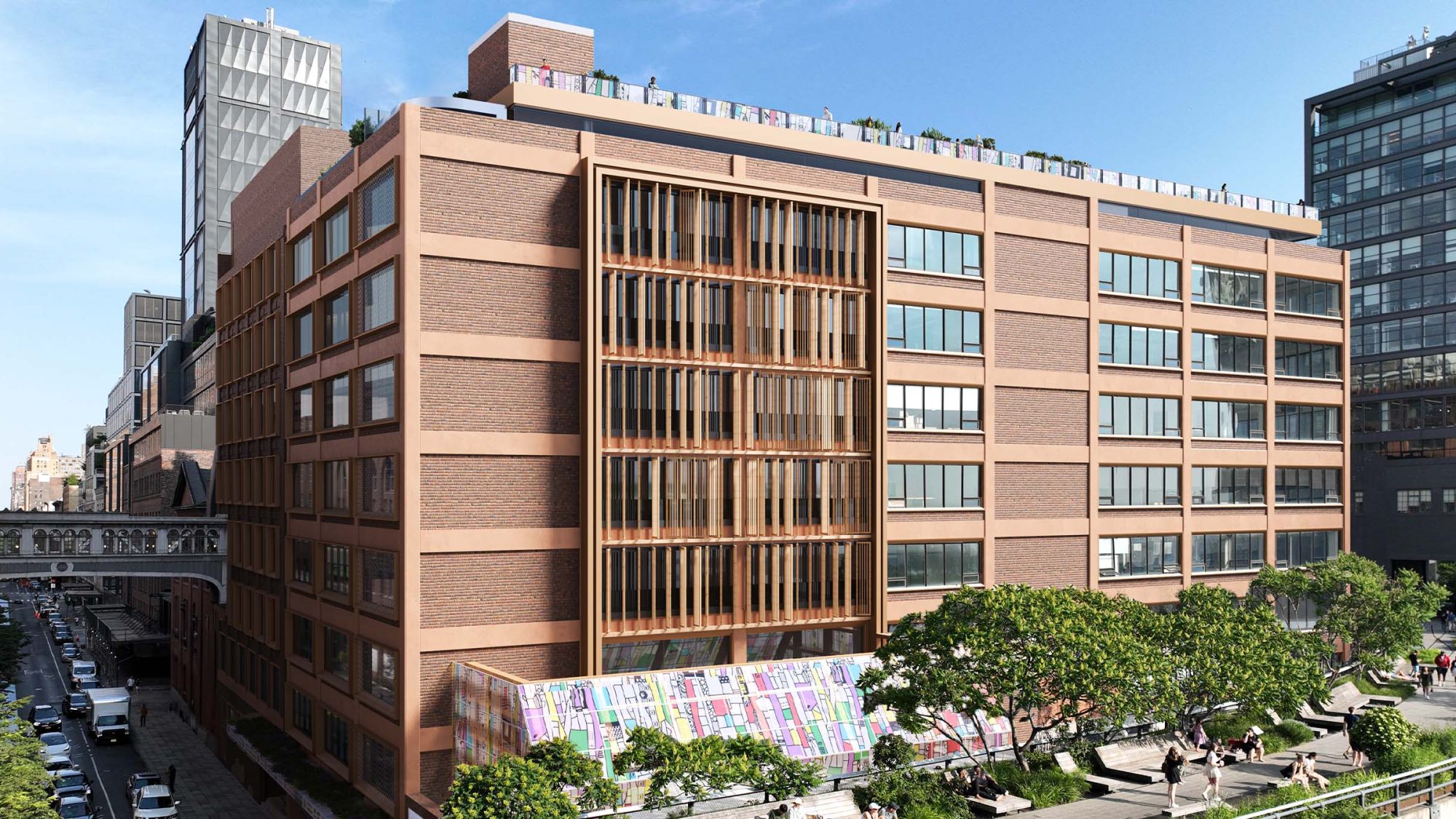 Confidential client, New York
Confidential client, New York The need to address climate change is urgent. As a unified global effort, we must prioritise sustainable strategies to help preserve our planet. This article explores why sustainable architecture is an important consideration for the design and construction industry.
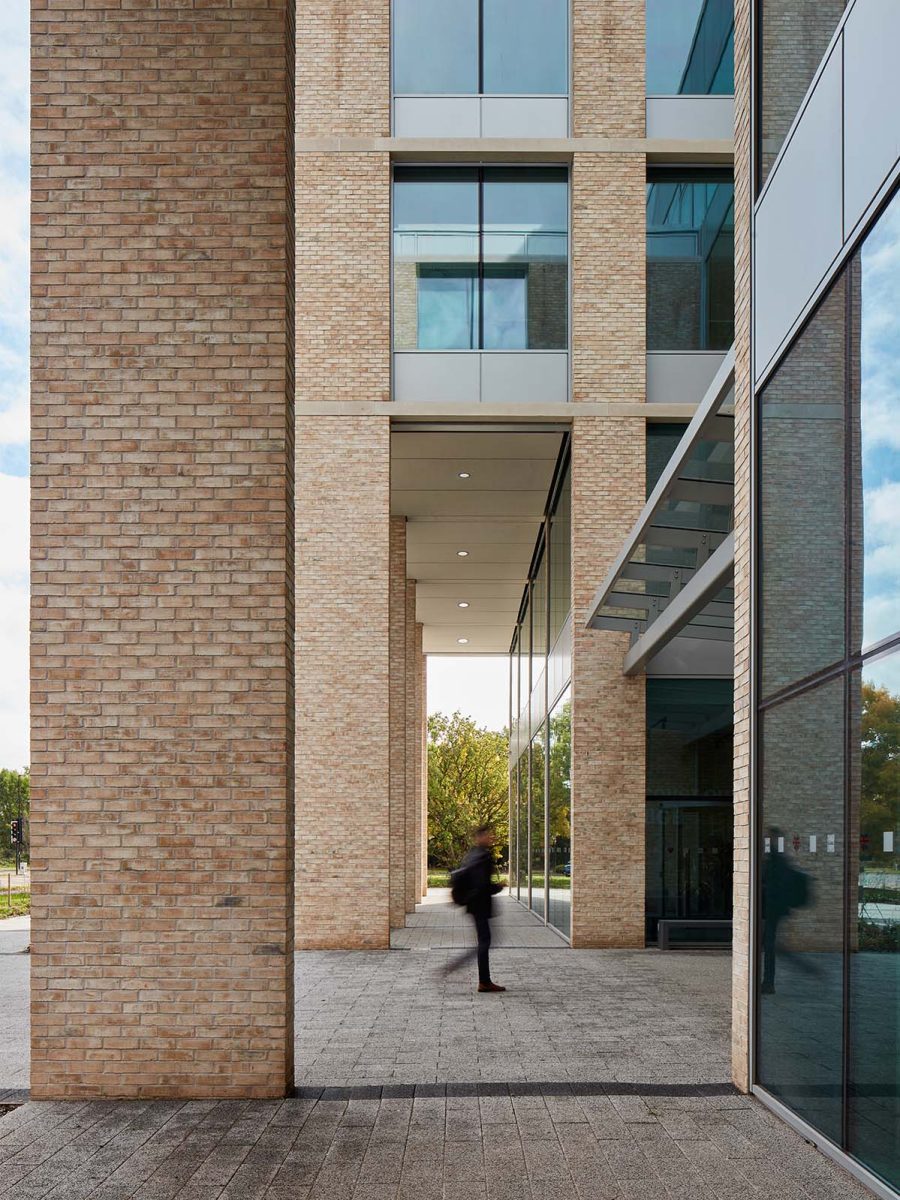 Lidl, London
Lidl, London 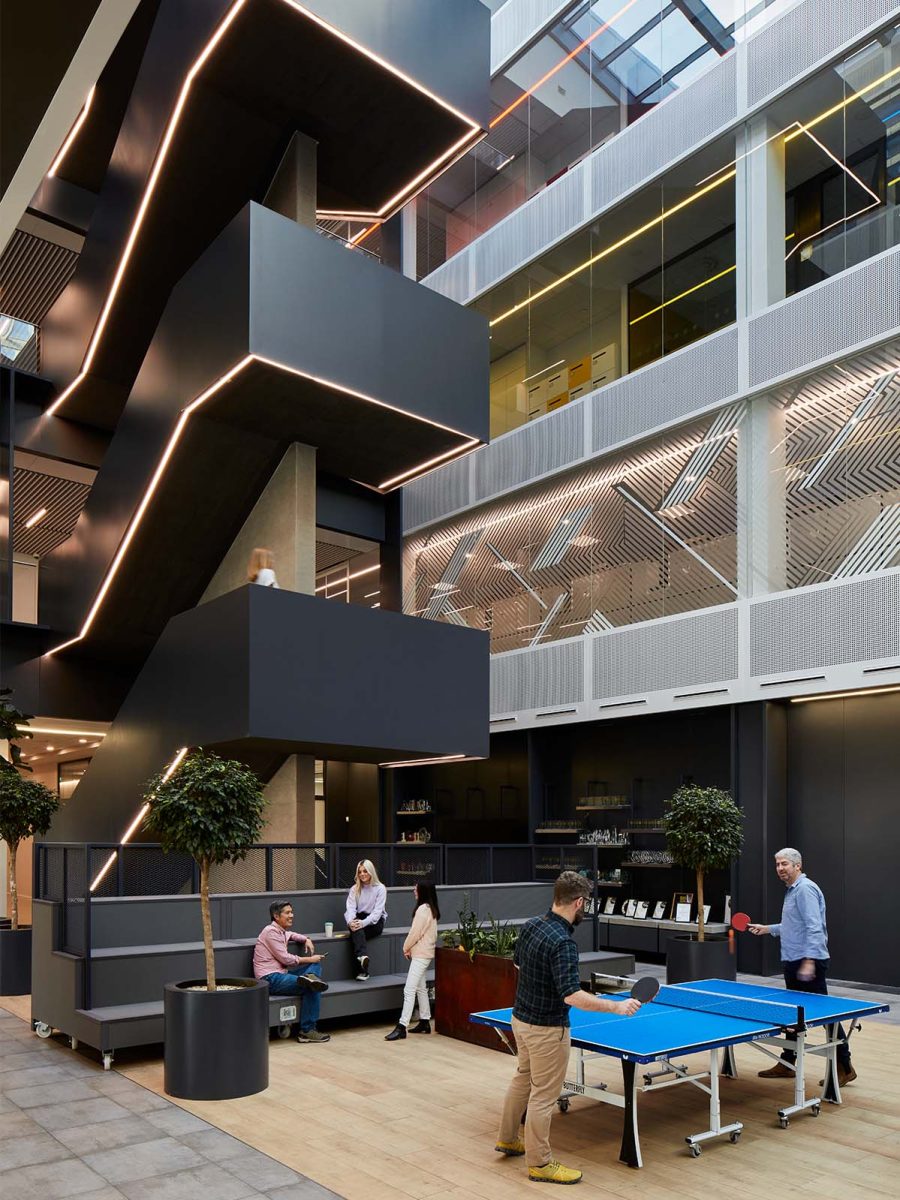 Lidl, London
Lidl, London Buildings account for around 40% of global carbon emissions, significantly contributing to climate change. Sustainable architecture aims to reduce embodied and operational carbon by minimising energy consumption, using renewable energy sources and reducing waste. We can address carbon emissions by embracing sustainable design and construction practices.
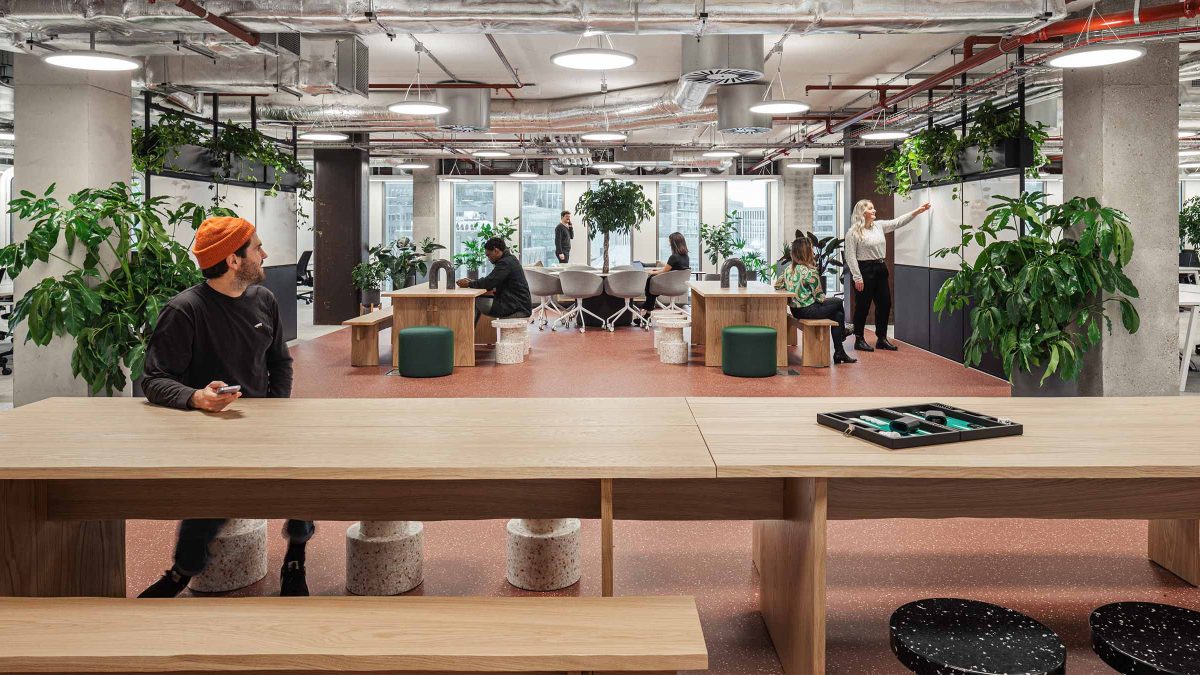 Knotel, London
Knotel, London As a global leader in architecture, design and construction, here are some of the ways our teams contribute to sustainable architecture in workplace design:
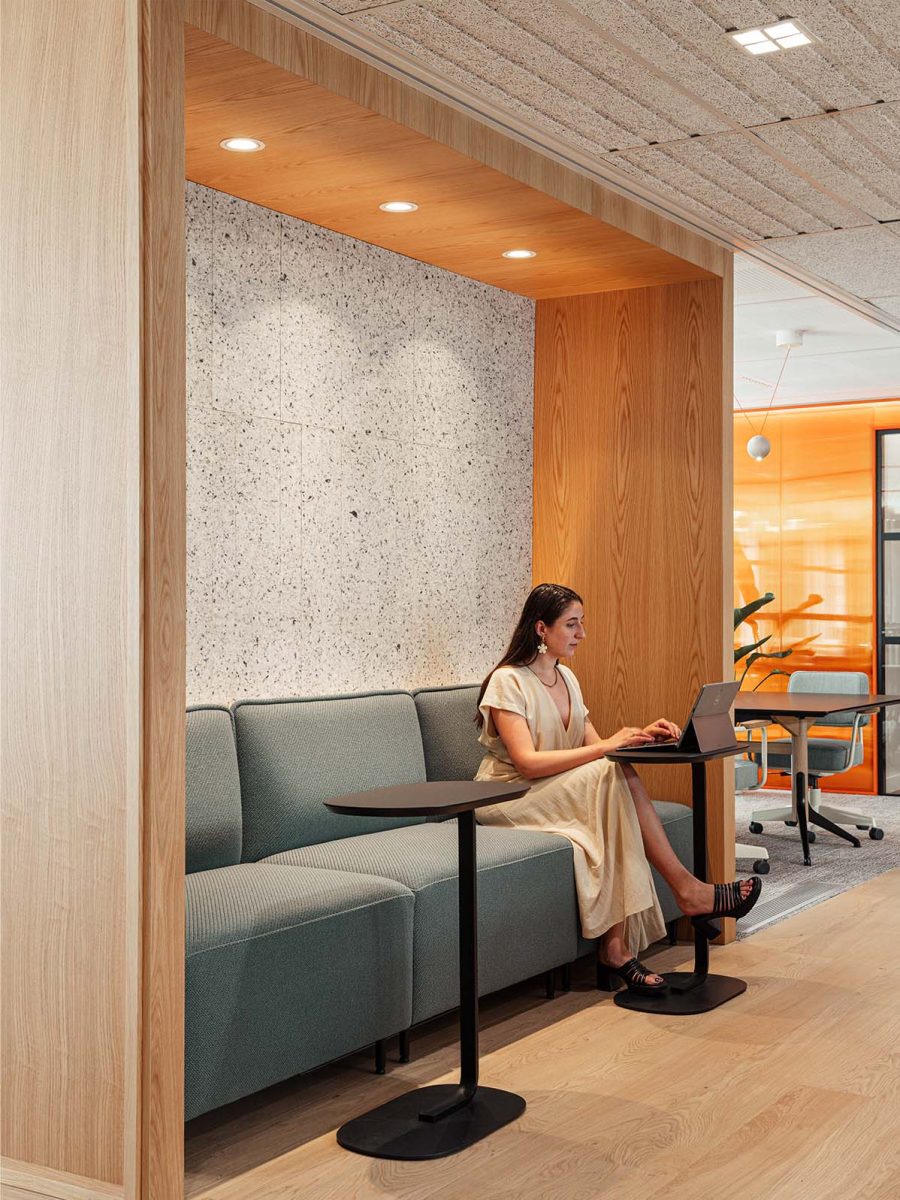 M Moser, Paris
M Moser, Paris 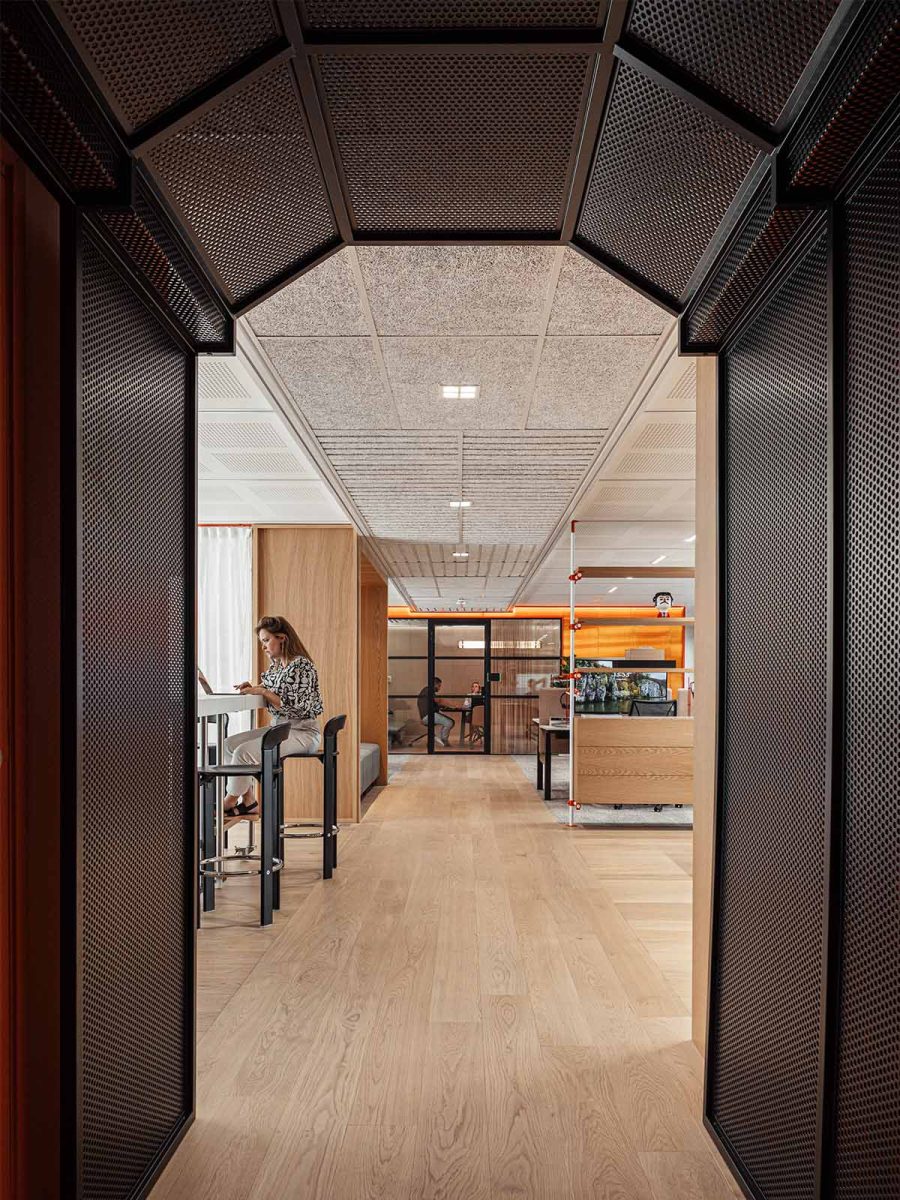 M Moser, Paris
M Moser, Paris 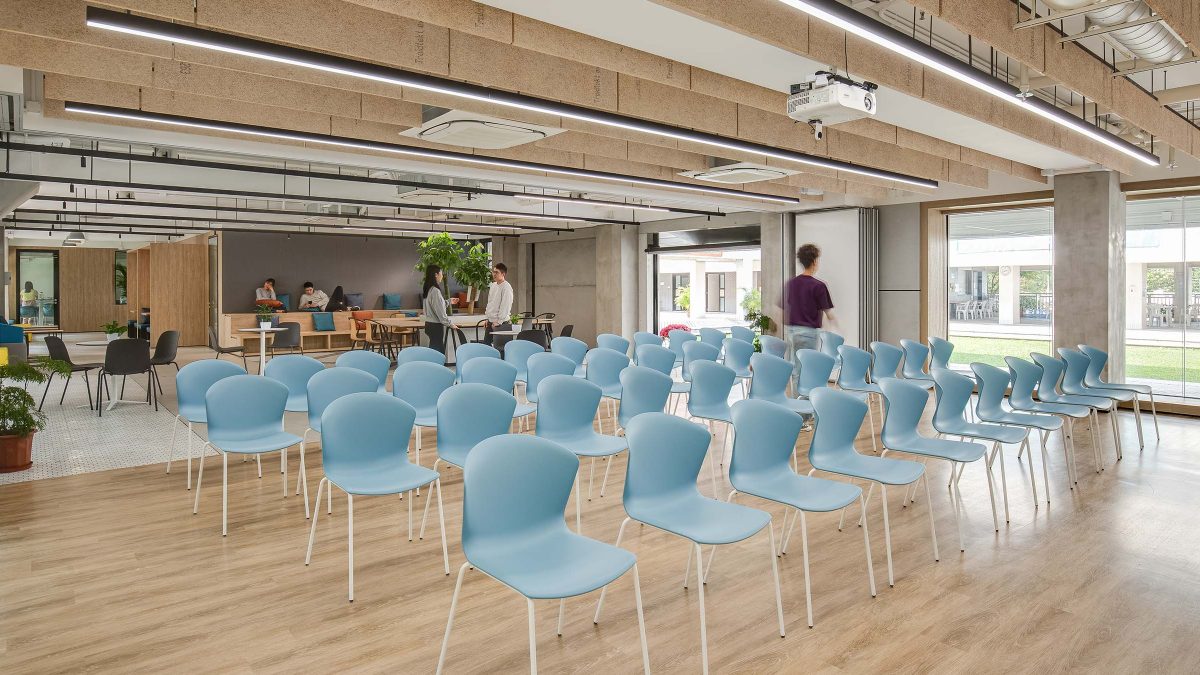 Li Po Chun United World College, Hong Kong
Li Po Chun United World College, Hong Kong Sustainable architecture is not a trend, it’s a necessity for a better future. We believe that the building industry must embrace sustainability as a standard practice, not as an optional feature. Prioritising sustainable building design and construction can reduce environmental impact and save resources. It can also create functional and beautiful buildings that contribute to the health and wellbeing of people and their communities. The growing recognition of sustainable architecture highlights its importance as we strive for a more sustainable future for everyone.
The only path to a carbon-neutral industry is shifting from a wasteful mindset of replacing old with new. Giving new life to fully depreciated carbon assets in developed countries and creating a framework to enable developing countries to build responsibly for the future.
Julian Rimmer, Director, M Moser Associates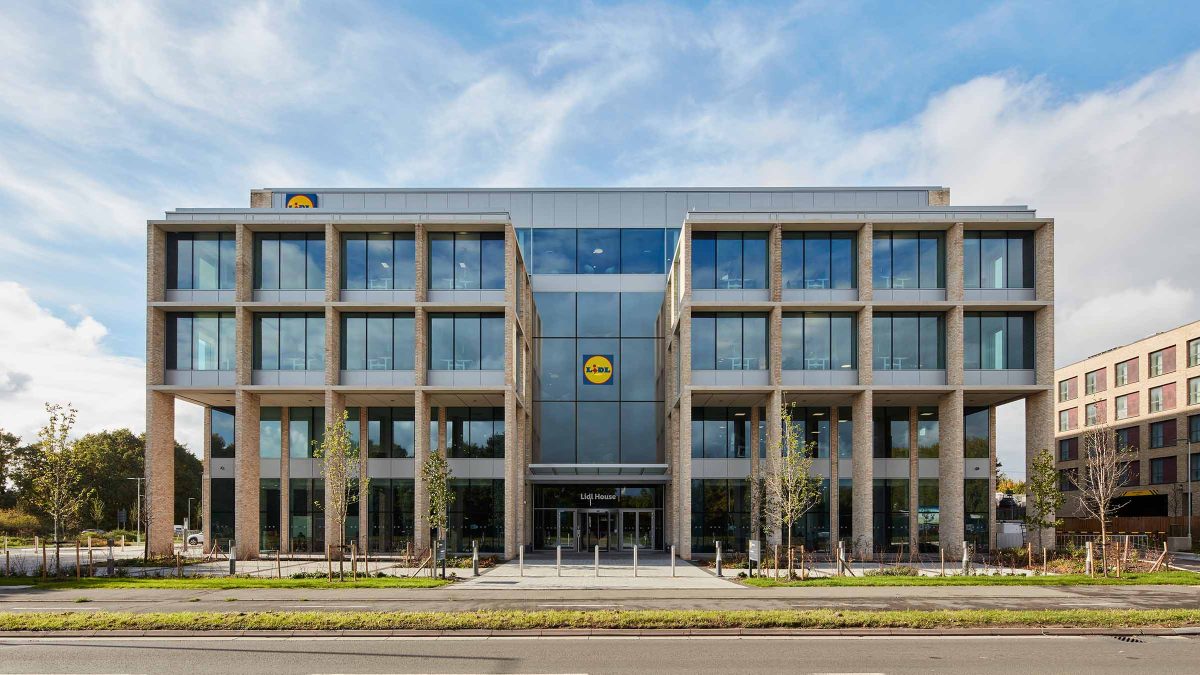 Lidl, London
Lidl, London Our teams of experts are dedicated to developing sustainable buildings that meet the needs of your organisation. Contact us today to bring your vision of sustainable architecture to life.
Associate Director. Sustainability
Global Director